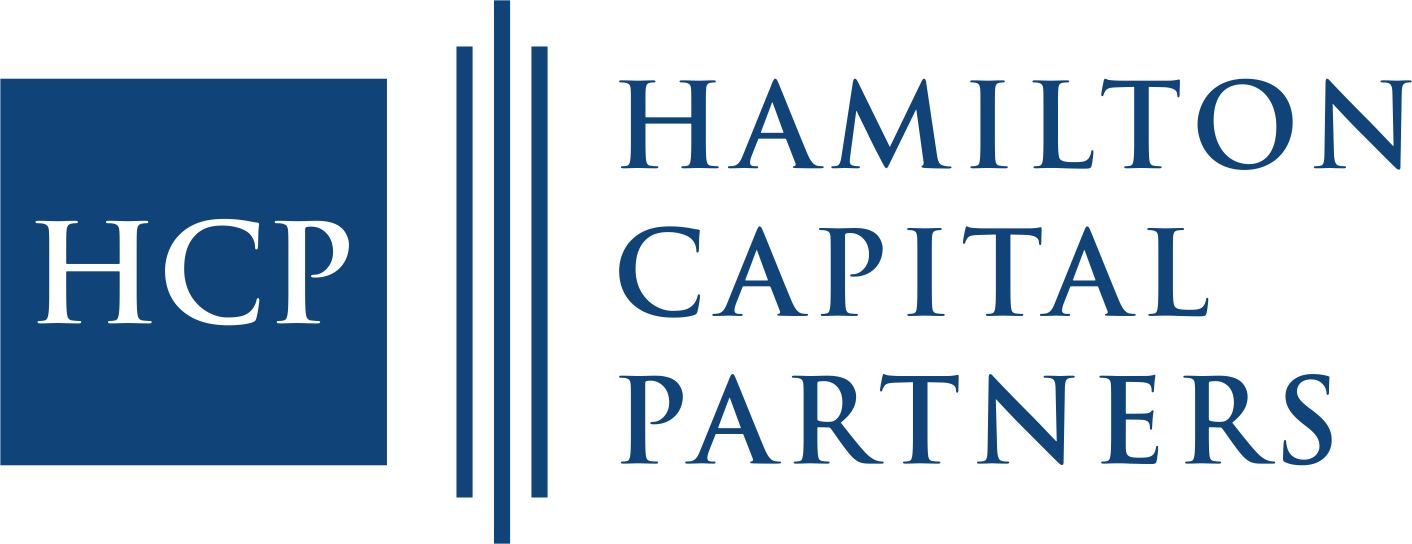By Kelvin Lee, Alonso Munoz
As congress grilled regulators last week on the recent string of bank failures, we want to focus on the role of the rating agencies instead. Moody’s, along with Standard & Poor’s and Fitch Ratings, are all responsible for assessing the creditworthiness of banks and other financial institutions. They provide an independent assessment and assign a letter score indicating the risk associated with a particular institution, which investors rely on. The rating system is a sound check and balance on the financial industry with professional actuaries actively monitoring risk on a day-to-day basis. Right? If we look back to the 2008 financial crisis, it was our seemingly blind overreliance on our “checks and balances” systems, as well as a glut of mortgage-backed securities (MBS) that caused the financial collapse. Simply put, the underlying mortgages ended up being high risk, and as they defaulted, so did the securities they were packaged in. But at the time, MBS products were given triple a “AAA” rating even if it was clear that the mortgages inside these products weren’t so. Why? Well, here’s a quote from Connecticut Attorney General George Jepsen: “Moody’s ratings were directly influenced by the demands of the powerful investment banking clients who issued the securities and paid Moody’s to rate them,”. Rating agencies were focused on good business rather than honest grades and thus the crisis could not have happened without the ‘Big Three’ agencies – Moody’s Investors Service, Standard & Poor’s, and Fitch Ratings, disguising the trade of bad debt.
But that was a failure 15 years ago, and since ’08 there have been millions in fines paid, regulations added, and compliance departments overhauled.
And here we are again: The downfall of Silicon Valley Bank (SVB), the first time that a major U.S. bank had failed in over a decade. Despite the early warning signs, Moody’s and other rating agencies failed to accurately assess the bank’s risk profile and issue appropriate ratings, giving SVB an A rating up until its collapse. Past balance sheets show that the “bank for startups” was hovering close to insolvency for the past year, as the market value of its long duration treasuries plummeted. Yet the “Big Three” agencies all missed (or ignored) this delinquency risk. Even when SVB was forced to liquidate its portfolio at a loss and issue $2.25 billion in new shares during the week prior to failing, the bank still had an investment grade rating. Only after regulators took control of SVB did Moody’s downgrade the bank to junk. Surely the “experts” in risk would have caught the issues beforehand, not after. This was in part due to rating agencies sometimes relying on a bank’s own self-assessment of its risk profile, rather than conducting independent assessments of their own. If SVB believed their own portfolio was a temporary setback, and that it would eventually rebound, its rating would reflect that optimism. However, the severity and duration of the bank run far exceeded any initial predictions, and depositors reliant on the rating of low default risk got burned. Just like 2008, Moody’s and other agencies failed to accurately assess the risk profile, leading to a significant misrepresentation of creditworthiness. As Mark Twain eloquently said “It ain’t what you don’t know that gets you into trouble, it’s what you know for sure that just ain’t so”.
To contact the author of this story:
Kelvin Lee at kelvin@hamiltoncapllc.com
To contact the editor responsible for this story:
Alonso Munoz at alonso@hamiltoncapllc.com






